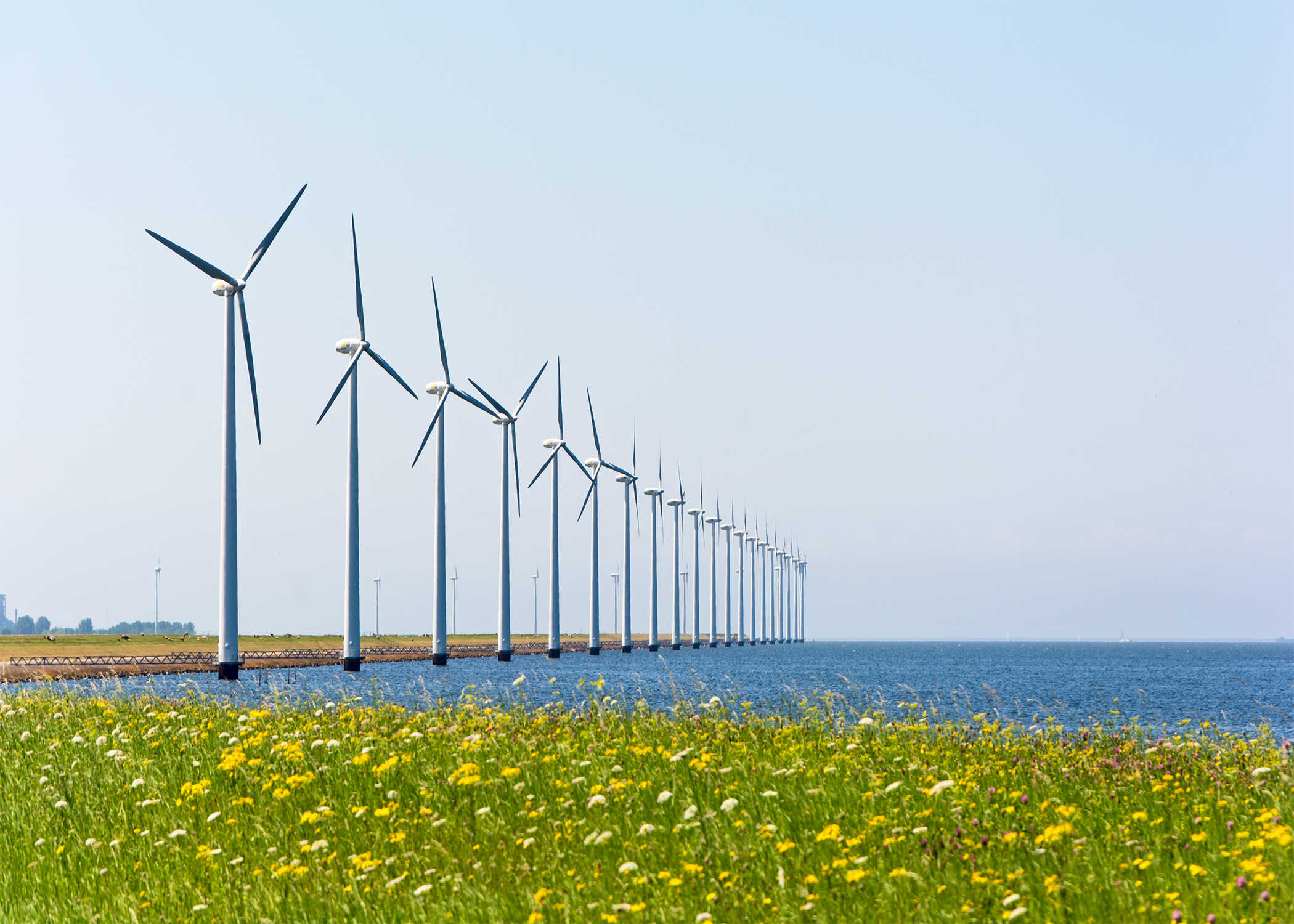
Will COP26 provide added momentum to PPAs?
Will COP26 provide added momentum to PPAs?
The rise and rise of Power Purchase Agreements
Power Purchase Agreements (PPAs) are not a new invention, they’ve been a key feature of the renewables sector for several years and each year seems to outdo the previous year. In 2020, corporations bought 18% more clean energy, than they did in 2019. PPAs have also made the jump from utilities to the wider business world, Amazon currently tops the corporate list of PPA buyers. COVID-19 also provided a boost to PPAs, with fresh developments hitting some bottlenecks due to lockdowns or knock on supply chain effects, many firms looking to secure the success of their green commitments sought out PPAs to guarantee clean energy supplies.
However, PPAs are also becoming more expensive, LevelTen Energy, a software developer that helps match clean energy buyers and sellers, has seen a rise in the costs of agreeing a PPA. In the US in 2021, it suggests costs are at least 5.4% higher in Q3 of this year than last year. They have cited the global supply chain squeeze as a reason, but also regulatory uncertainty as a cause. Supply chain factors are a medium term issue that should hopefully resolve itself during 2022, but COP26 could give the PPA sector a real boost in relation to regulatory certainty.
How can COP26 help the PPA space?
In some respects, COP26 will naturally boost the PPA space. Many companies recognise the intrinsic value of clean energy, but also its PR value. It is not unreasonable to suspect that many companies will seek to finalise and announce PPA agreements post-COP26 to secure maximum exposure for their sustainability efforts. In this respect the importance of COP26 as an event and a catalyst, can not to be underestimated.
Politicians can also help in a very meaningful way – by pledging extra support for grid infrastructure. National governments are well positioned to support their network operators. Securing grid connectivity is often a huge issue for the renewables industry in general and PPAs specifically when it impacts a local area. Every country has these blind spots in grid coverage whether it’s the Pennsylvania-New Jersey-Maryland region of the US or the Rhombus of Regret in Australia. A more holistic approach that tackles grid modernisation at COP26 would be a huge breakthrough.
A lot also hinges on how the finance day runs at COP26. A move to create greater common standards combined with a reduction or elimination of fossil fuel subsidies would swing energy procurement decisively towards clean energy PPAs.
What does the PPA space need to do for itself?
Ultimately COP26 should add to the PPA spaces’ already formidable momentum. However, the sector itself still needs to do several things under its own initiative to ensure success. The first of these is to find a way to continue to drive costs down. The supply chain squeeze has seen recent price spikes, that may deter clients from locking in long term deals. Innovation and improving supply chain diversity and crucial in this context. The second step is to start to create a more uniform offering. The sector needs to find a way to access small and medium firms, who will likely prefer to buy against a more uniform product rather than the current set up which is present in many sectors but widely divergent in execution.
